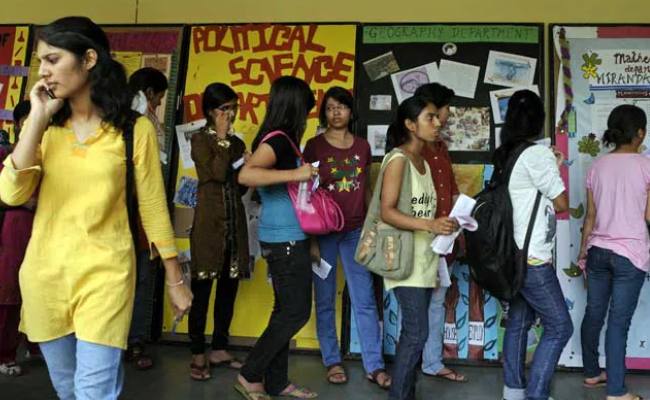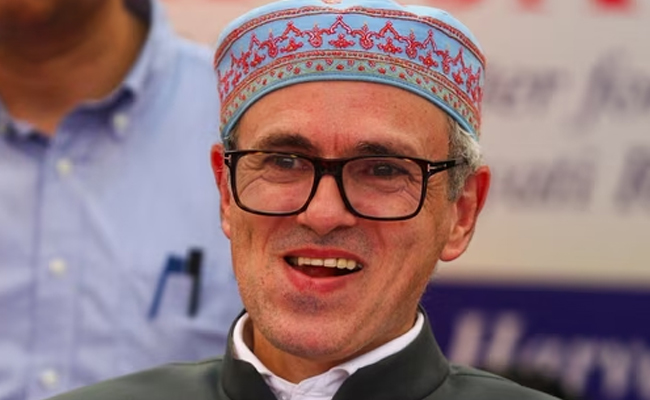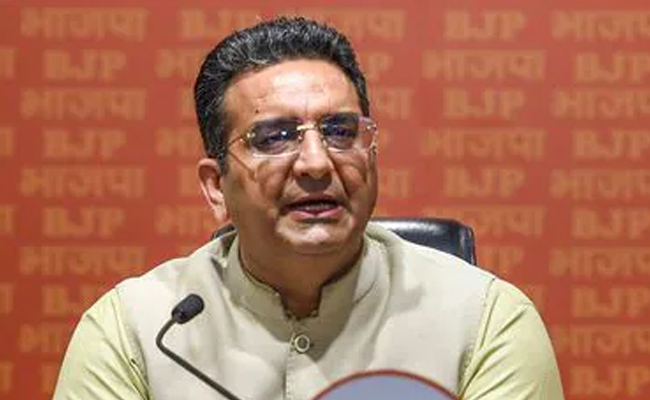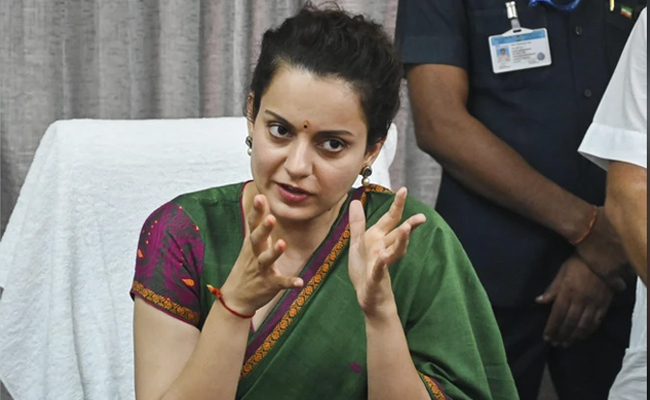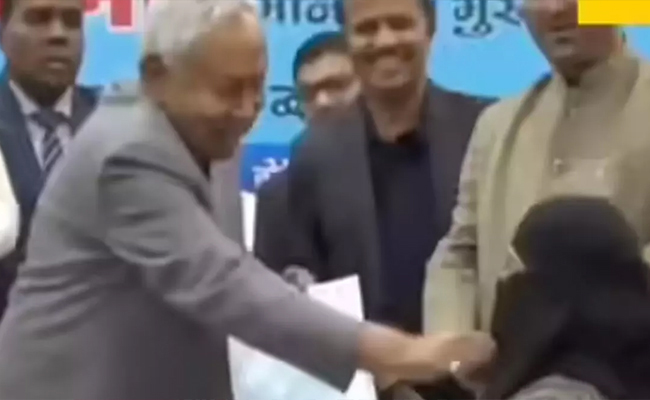New Delhi (PTI): A record 91 Indian universities have made it to the World University Rankings announced by the Times Higher Education (THE) magazine, with the top performing Indian Institute of Science (IISc), Bangalore, returning to the global 250 for the first time since 2017.
Ninety-one Indian universities in the list is a significant increase from last year's 75 even though top Indian Institutes of Technology (IITs) boycotted the rankings for the fourth consecutive year.
India has also become the fourth best represented nation in the 2024 rankings, up from the sixth last year.
According to the rankings announced by the London-based THE magazine on Wednesday, the second best performing universities in India are: Anna University, Jamia Millia Islamia, Mahatma Gandhi University, Shoolini University of Biotechnology and Management Sciences. The are all in the 501-600 band.
Two IITs -- the Indian Institute of Technology, Guwahati and Indian Institute of Technology (Indian School of Mines) Dhanbad -- moved up two bands to join the world's top 800 universities, from 1001-1200 to 601-800.
While Anna University in Chennai moved up from 801-1000 band last year to the 501-600 band, Aligarh Muslim University moved up from the 801-1000 band last year to the 601-800.
The Bharathiar University in Coimbatore moved up from the 801-1000 band last year to the 601-800 band, while Malaviya National Institute of Technology, Jaipur has entered the ranking for the first time, breaking into the 601-800 band.
Seven IITs Bombay, Delhi, Guwahati, Kanpur, Kharagpur, Madras, and Roorkee opted out of THE World University Rankings in 2020, casting doubt on the rankings' transparency and standards. IIT Guwahati reentered the rankings last year.
In the 20th year of the ranking, 1,904 universities -- up from 1,799 last year - from 108 countries and regions were ranked.
The THE World University Rankings 2024 assessed the universities across 18 indicators covering their core missions of teaching, research, knowledge transfer and internationalisation.
The indicators were grouped into five pillars -- teaching, research quality, research environment, international outlook and industry. Four of the five new metrics include three that look at research quality and one that examines patents.
"India has well and truly embraced the international agenda, and international competition, with an unprecedented 91 universities making it into the rigorous and demanding Times Higher Education World University Rankings this year making India now the fourth best represented nation in the rankings," said Phil Baty, THE's Chief Global Affairs Officer.
"Although methodological changes this year have not been kind to some Indian institutions, the overall picture remains positive with a rise into the top 250 for IISc and several other rising institutions," he said.
The UK's University of Oxford is the highest ranked university in the world with Stanford University taking the second place, making it the US's top-ranked. The Massachusetts Institute of Technology is at the third place.
As many as 165 universities are ranked for the first time, 89 of which are from Asia with one newly ranked university from mainland China.
Mainland China has the best ranked universities, overall, in Asia. This year an unprecedented 33 Asian universities are in the top 200, up from 28 last year. The biggest drivers for this jump are China (from 11 to 13) and Japan (from 2 to 5).
Let the Truth be known. If you read VB and like VB, please be a VB Supporter and Help us deliver the Truth to one and all.
Srinagar (PTI): Jammu and Kashmir Chief Minister Omar Abdullah on Wednesday criticised his Bihar counterpart over the niqab incident and said that Nitish Kumar might be slowly revealing his true nature.
"Nitish Kumar, who was once considered a secular leader, may be slowly showing his true colours," Abdullah told reporters here on the sidelines of a function.
Abdullah said Kumar removing the face veil of a Muslim woman doctor was wrong and cannot be justified by any means.
"We have seen this kind of incident here several years ago. Have you forgotten how Mehbooba Mufti removed the burqa of a legitimate voter inside a polling station? That act was wrong, and this act (of Kumar) is also wrong.
"If the (Bihar) chief minister did not want to hand over the order to her (Muslim woman), they could have kept her aside. However, to humiliate her like this is totally wrong," the Jammu and Kashmir chief minister said.
Kumar stirred a huge controversy after he removed the face veil of a Muslim woman at a function earlier this week.

